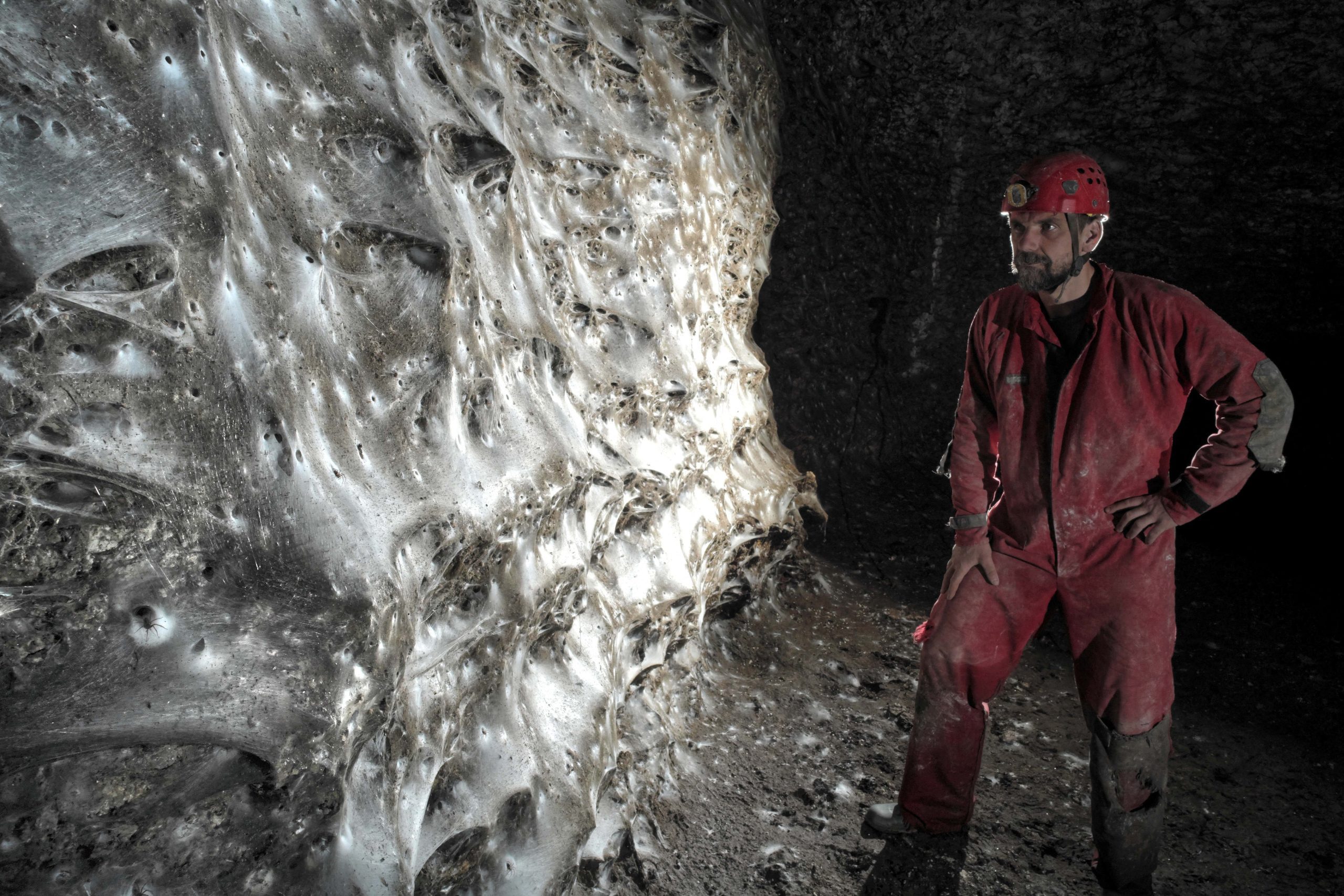Researchers have likely discovered the largest spider web in the world inside the “Sulfur Cave” in Sarantaporo, on the Greek-Albanian border, with the web covering an area of 106 cm² and hosting more than 111,000 spiders.
The colony consists of a colossal web situated in a permanently dark section of the cave, according to a study published on October 17 in the journal Subterranean Biology. The structure is made up of thousands of interconnected funnel-shaped webs layered and interwoven across the cave walls.
The spiders that constructed the web belong to two species typically considered rivals: approximately 69,000 Tegenaria domestica and 42,000 Prinerigone vagans.
Normally, T. domestica preys on P. vagans, but this does not seem to occur inside the cave — likely because it is entirely dark and the spiders cannot see one another.
The discovery is particularly striking because these species do not usually coexist peacefully. T. domestica generally preys on P. vagans, yet inside the Sulfur Cave the two species appear to have formed a stable colony, marking the first recorded instance of colonial cooperation between rival spiders.
Lead researcher István Urák, associate professor of biology at Sapientia Hungarian University of Transylvania in Romania, described seeing the web as an overwhelming experience of “awe, respect, and gratitude,” noting that the natural world continues to reveal unexpected forms of adaptation and coexistence.
Although the research team has now documented the colony scientifically, the massive web was first noticed in 2022 by members of the Czech Speleological Society during an expedition into the Vromoner Gorge.
Πηγές: New York Times, Euronews
 What is fyi.news?
What is fyi.news?







